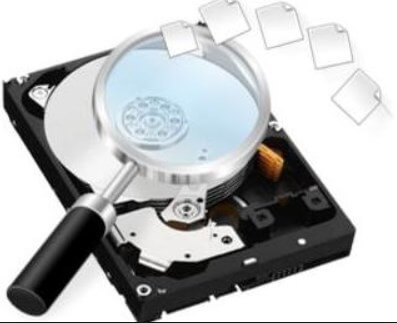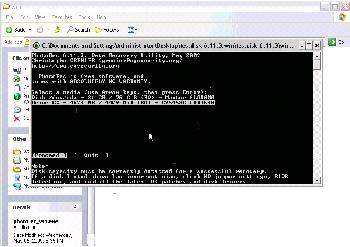


To get started, download the burnable ISO image for The Ultimate Boot CD at the main product website, and then burn to disc. Ultimate Boot CD, a freeware bootable systems utility disc, just so happens to contain Photorec along with its normal suite of tools. Since this is a Linux-based tool, we will need to create a Linux boot CD. This is an open-source tool designed to deep scan any Windows- or Linux-formatted volumes for deleted files and subsequently recover those files using carefully crafted heuristics. So now that you know the top three rules for proper data recovery, let’s take a look at the best tool I have used to recover files off FAT/FAT32 and NTFS partitions: Photorec. This will consist of a boot disc that contains the necessary data recovery software. Always have a data recovery kit handy for when disaster strikes.

Never ever run file recovery software off the same drive you are attempting to recover from.The more you make, the less likely you will be able to recover said file. If you accidentally deleted a file, do not initiate any further file transactions to that disk.I call these “The Three Golden Rules to Data Recovery,” and they are as follows. Simply put, there are some important rules that must be followed in order to ensure high probability in recovery rates and high data consistency. In fact, I consider so-called quick-and-easy file recovery apps for Microsoft Windows to be horrendously irresponsible for allowing users to attempt a scan on the system drive while booted into Windows. Unfortunately, in the field of data recovery, this kind of operation is much more delicate than downloading file recovery software and allowing it to run its stuff. To err is human, so we need to be armed with the essential tools to combat our own foolhardiness with file management. Recover data the right way using Photorecĭata recovery is just a fact of life, but you can be ready for any disaster with a little planning and a lot of foresight.Īccidental file deletion and corruption is just a part of life.


 0 kommentar(er)
0 kommentar(er)
